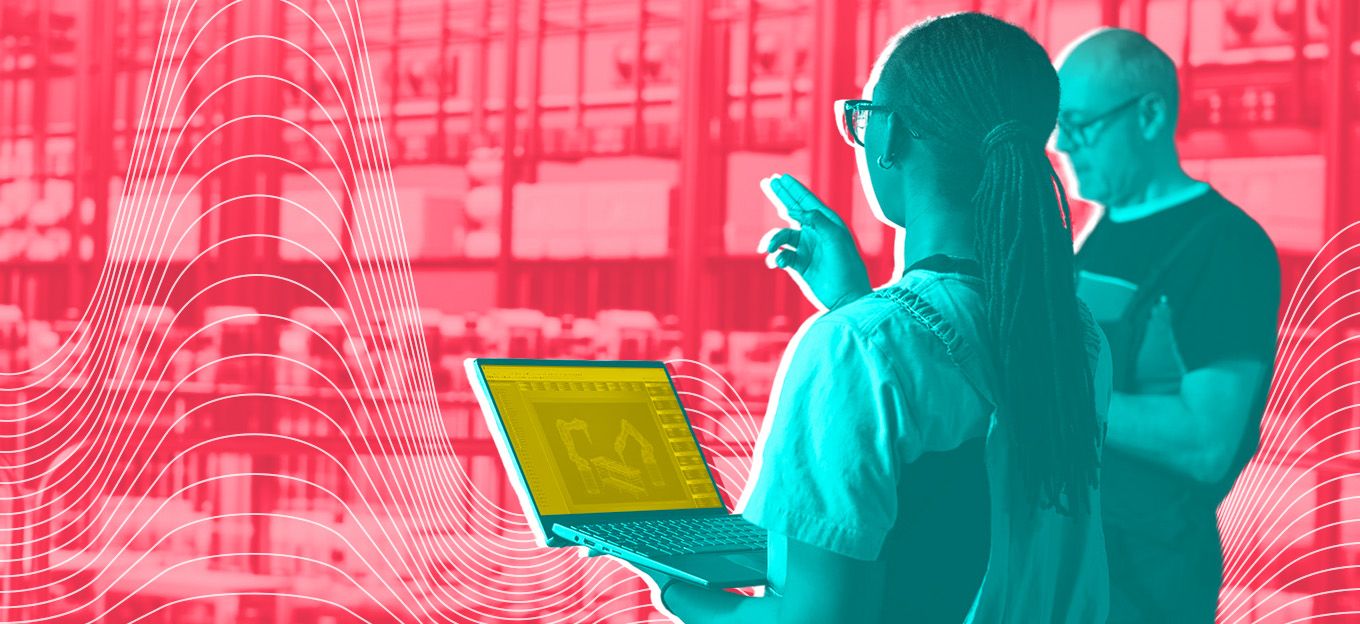How to Use an Industrial Smartwatch in Manufacturing and Logistics
How to Use an Industrial Smartwatch in Manufacturing and Logistics
- Last Updated: December 2, 2024
Guest Writer
- Last Updated: December 2, 2024



What is an industrial smartwatch? It is an always connected, extendable device capable of integrating contextual information into app-based workflows. In comparison to a smartwatch, most HMI technologies simply use static panels.
Industrial smartwatches can be used to target business problems in manufacturing and logistics - improve quality, increase productivity as well as reduce costs. The wearable interface which comes with a smartwatch is well suited to re-engineer complex industrial processes into small standalone apps.
Smartwatches have a versatile application in industry:
- Data collection for quality management
- Sending and receiving alerts for service and maintenance
- Work coordination in intralogistics
The Industrial Smartwatch and Quality Management
Quality defects often occur due to incorrect information provided to workers, like outdated work instructions, for example. How can we change that? Increase product quality by providing accurate information to workers and an incentive to report critical information.Smartwatches are the perfect solution. Data from the shop floor is collected in real-time - not only information about defects or deviations from defined tolerance limits but also shop floor images documenting the damage. Thanks to the integration with existing ERP applications the relevant workers receive real-time information and get alerted about upcoming tasks.
Industrial smartwatches offer the following benefits for quality management:
- Document defects with a barcode scan and a camera in an efficient manner
- Use appropriate machine programs
- Reduce NCC by using standardized work instructions
- Reinforce plausibility data checks
- Implement effective data acquisition processes by collecting production data
- Use the most up-to-date revisions of work instructions
Quality Checks of Incoming Goods
Using a smartwatch for tracking incoming and outgoing goods works like this:Goods arrival
Upon the arrival of goods, workers in inbound logistics simply send a support request from their smartwatch to the smartwatch of a quality management officer. No extra phone calls needed.
[mc4wp_form id="3235"]
Inspect goods
Then the quality management officer performs a quality inspection by using a checklist on the smartwatch. The checklist is a guarantee that all required steps are completed - increasing compliance with mandatory checking routines.
Document goods
The quality management officer uses the integrated barcode scanner and the high-resolution camera to document all relevant data on the smartwatch.
Store data
All data is automatically stored for long-term archival and analysis since the smartwatch is connected to an existing QM business application.
The power lies in using real-time data – this is the game changer.
Written by Thorsten Krüger, Co-founder at WORKERBASE
The Most Comprehensive IoT Newsletter for Enterprises
Showcasing the highest-quality content, resources, news, and insights from the world of the Internet of Things. Subscribe to remain informed and up-to-date.
New Podcast Episode

Moving Past the Pilot Phase in IoT and AI
Related Articles




